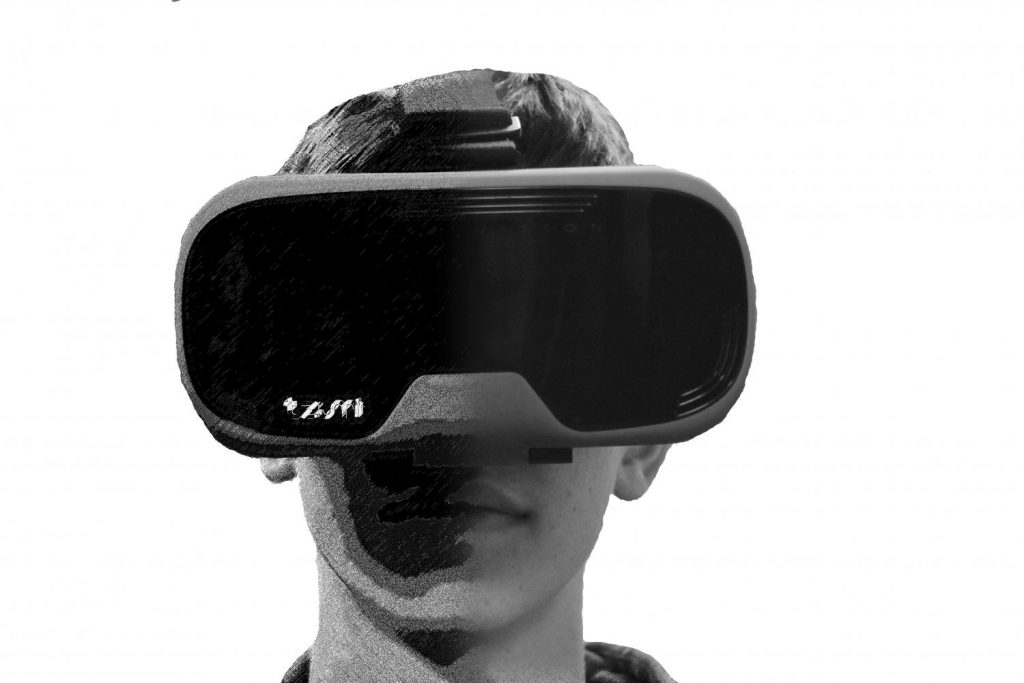With the constant race to find the “next big thing” in the entertainment business, large companies like Sony, Google, and Samsung have gone down the route of Virtual Reality, or VR. Virtual Reality is the next big step in making a video or video game more immersive for the consumer. The goal of virtual reality is to create a fully 3D environment for the person, to make them feel as if they are actually inside of the world they are watching.
VR video games work in the form of a headset and a pair of single-hand controllers rather than a TV screen and a two-handed controller. Inside of the headset, there are two screens, but since the screen is so close to the player’s eyes, it appears as one screen. The two controllers, called knuckles, allow the player to interact with things inside of the game.
Google and Samsung have entered the ring with cheaper versions of VR to go with their technology. Google Cardboard and Samsung Gear VR use a phone rather than a built-in screen. The headset provides a slot to slide a phone into and secures it in with suction cups that stick to the back of the phone.
Sony has recently made the Playstation VR, with over hundreds of games to explore in 3D, and it will not stop any time soon. With VR being incorporated into so many major video games, other gaming companies will inevitably follow. Nintendo and Microsoft are expected to follow the trend with enabling VR into the Nintendo Switch and the Xbox One X sometime soon.
VR may seem like something that only professional filmmakers and gaming companies can create, but it absolutely is not. All you need is a special kind of camera. 360° cameras film in all directions, and can be owned by anyone, professional or amateur. 360° videos can be uploaded to YouTube and viewed in 3D by anyone with a VR headset.
Similar to VR, Augmented Reality (AR) has made its way into pop culture with Snapchat, the newer iPhones, and Pokémon Go. Instead of putting a person into a new 3D environment, AR puts 3D objects into the real world. Snapchat popularized AR with its 3D filters such as the dancing hot dog, 3D bitmojis, and many more.
The spreading trend of incorporating Virtual Reality and Augmented Reality into everyday life will only grow bigger. With this technology, movies can someday be experienced through a headset, rather than a TV screen. 3D movies could actually put the audience members into the 3D environments, rather than make the screen pop out at the viewer like what current 3D movies do.
With the ever-evolving culture of technology in entertainment, Virtual and Augmented Reality is just the first step in something big, something new. Everyone now has the ability to transport to a whole new reality. With advancements made to this technology, a tool to further immerse a player into a video game can become a tool for so much more.


